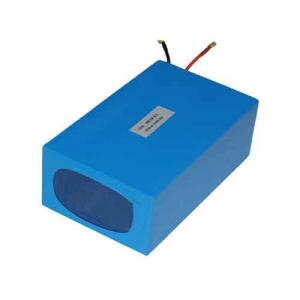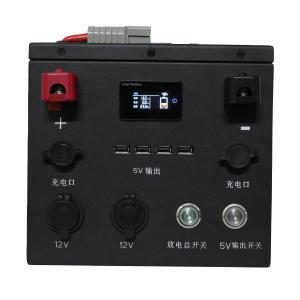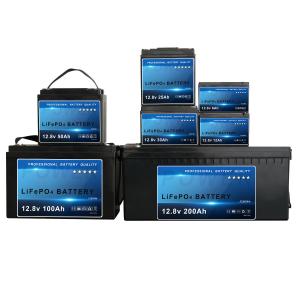What Kills Cells in Your Motorcycle Lithium Battery?
1. Capacity dropsThe internal structure of the key battery is mainly composed of four parts: positive electrode, negative electrode, diaphragm and electrolyte. Changes in the structure and morphology of each part can cause the attenuation of the battery capacity.
External factors that affect the capacity of lithium-ion batteries include temperature, charge-discharge voltage, self-discharge, discharge depth, and state of charge.
2. Abnormal voltage Over discharge & Over charging
Overcharging refers to the behavior of the battery continuing to charge after it is fully charged during a certain charging process.
Since the capacity of the negative electrode is higher than that of the positive electrode during the design, the gas generated by the positive electrode is combined with the cadmium generated by the negative electrode through the diaphragm paper.Therefore, under normal circumstances, the internal pressure of the battery will not increase significantly, but if the charging current is too large, or the charging time is too long, and the oxygen generated is too late to be consumed, it may cause the internal pressure to increase, battery deformation, leakage, and other undesirable phenomena.At the same time, its electrical performance will be significantly reduced.
After the battery has discharged the internally stored power, after the voltage reaches a certain value, continued discharge will cause over-discharge. The discharge cut-off voltage is usually determined based on the discharge current.Over-discharge of the battery may have disastrous consequences for the battery, especially high-current over-discharge, or repeated over-discharge has a greater impact on the battery.Generally speaking, over-discharge will increase the internal voltage of the battery, and the reversibility of the positive and negative active substances will be destroyed. Even if charging can only be partially restored, the capacity will be significantly attenuated.
3. High internal resistance
The internal resistance of lithium batteries is different at static and at work, and the internal resistance of batteries will also change in different environments. Of course, the size of the internal resistance of the lithium battery also determines the quality of the lithium battery.
4. Extraordinary temperature
The reasons for the loss of capacity caused by low temperature placement are:
* Low temperature exacerbates the rupture of the positive electrode.
* Low temperature may cause the rotation of the positive electrode particles, causing it to detach from the binder and lose its electrochemical activity.
The researchers found that the battery was only placed at a low temperature for 48h, and then continued to stand at room temperature, followed by a capacity test.It was found that for batteries that stand at low temperature for a long time, when charging and discharging at a small magnification (slow charge), the capacity will be lost by 3.2%, but when charging and discharging at a large magnification (fast charge), the capacity will be lost by 6%.
The performance of lithium batteries at high temperature and high discharge magnification will be significantly attenuated.This is because when lithium-ion batteries are used under high temperature conditions and at high currents, they will cause the decomposition of the positive electrode active substance and electrolyte. This is an exothermic process. The short-term release of heat can cause the battery's own temperature to further increase, and the increase in temperature accelerates the decomposition phenomenon, forming a vicious circle, which accelerates the decomposition and further degrades the battery's performance.Therefore, if the thermal management of the battery pack is not correct, it will bring irreversible performance loss.
5. Poor consistency
Inconsistent battery capacity will cause inconsistent discharge depth of each single battery in the battery pack.Batteries with smaller capacity and poor performance will reach a full state of charge in advance, causing batteries with large capacity and good performance to fail to reach a full state of charge.Inconsistent battery voltage will cause the single batteries in the parallel battery pack to charge each other, and the higher voltage batteries will charge the lower voltage batteries, which will speed up the attenuation of battery performance and consume the energy of the entire battery pack.A battery with a large self-discharge rate loses a lot of capacity. Inconsistencies in the battery's self-discharge rate will lead to differences in the battery's state of charge and voltage, which will affect the performance of the battery pack.





